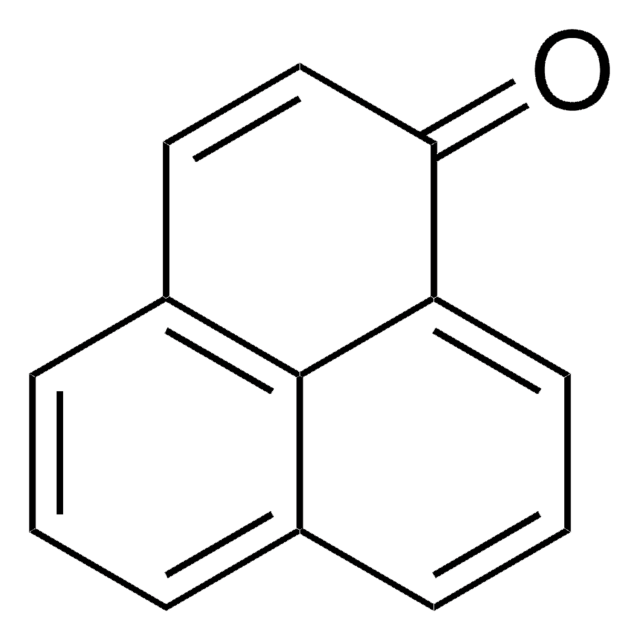All Photos(3)
About This Item
Empirical Formula (Hill Notation):
C12H6O2
CAS Number:
Molecular Weight:
182.17
Beilstein:
879172
EC Number:
MDL number:
UNSPSC Code:
12352200
PubChem Substance ID:
NACRES:
NA.77
Recommended Products
form
powder
Quality Level
mp
249-252 °C (dec.) (lit.)
SMILES string
O=C1C(=O)c2cccc3cccc1c23
InChI
1S/C12H6O2/c13-11-8-5-1-3-7-4-2-6-9(10(7)8)12(11)14/h1-6H
InChI key
AFPRJLBZLPBTPZ-UHFFFAOYSA-N
Looking for similar products? Visit Product Comparison Guide
Signal Word
Warning
Hazard Statements
Precautionary Statements
Hazard Classifications
Eye Irrit. 2 - Skin Irrit. 2 - STOT SE 3
Target Organs
Respiratory system
Storage Class Code
11 - Combustible Solids
WGK
WGK 3
Flash Point(F)
Not applicable
Flash Point(C)
Not applicable
Personal Protective Equipment
dust mask type N95 (US), Eyeshields, Gloves
Choose from one of the most recent versions:
Already Own This Product?
Find documentation for the products that you have recently purchased in the Document Library.
Customers Also Viewed
Sang Woon Chung et al.
Toxicological sciences : an official journal of the Society of Toxicology, 95(2), 348-355 (2006-11-04)
Diesel exhaust particles (DEPs) contain oxygen-containing polycyclic aromatic hydrocarbons (PAHs) called quinoid PAHs. Some quinoid PAHs generate free radicals as they undergo enzymatic and nonenzymatic redox cycling with their corresponding semiquinone radicals. Reactive oxygen species (ROS) produced by these reactions
Sang Woon Chung et al.
Toxicological sciences : an official journal of the Society of Toxicology, 101(1), 152-158 (2007-10-11)
Quinoid polycyclic aromatic hydrocarbons are potent redox-active compounds that undergo enzymatic and nonenzymatic redox cycling with their semiquinone radical. We previously reported that acenaphthenequinone (AcQ) can damage human lung epithelial A549 cells through the formation of reactive species (RS). However
Sidharth Tyagi et al.
The Journal of general physiology, 151(6), 850-859 (2019-04-25)
Ca2+ flux into axon terminals via P-/Q-type CaV2.1 channels is the trigger for neurotransmitter vesicle release at neuromuscular junctions (NMJs) and many central synapses. Recently, an arginine to proline substitution (R1673P) in the S4 voltage-sensing helix of the fourth membrane-bound
M S C Henriques et al.
Spectrochimica acta. Part A, Molecular and biomolecular spectroscopy, 172, 189-198 (2016-03-06)
The synthesis of a new hydrazone, 2-oxoacenaphthylen-1(2H)-ylidene nicotinohydrazide, and its structural and spectroscopic characterization is reported. The obtained powder was recrystallized from DMSO and ethanol that afforded small crystals used for single-crystal X-ray diffraction studies. The compound was found to
J M Varga et al.
Molecular immunology, 28(6), 655-659 (1991-06-01)
Serotonin release from rat basophilic leukemia (RBL) cells, sensitized with a DNP-binding monoclonal IgE, was stimulated with solid surface (polystyrene)-bound DNP-amino acids. The stimulatory potency of DNP-amino acids was dependent on the structure of amino acid attached to DNP. Generally
Our team of scientists has experience in all areas of research including Life Science, Material Science, Chemical Synthesis, Chromatography, Analytical and many others.
Contact Technical Service
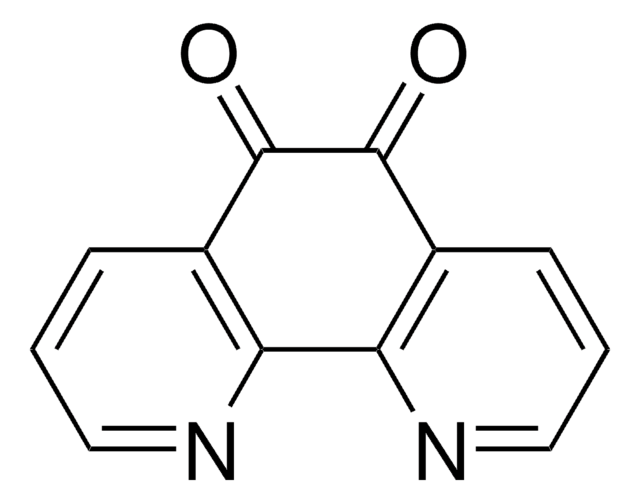
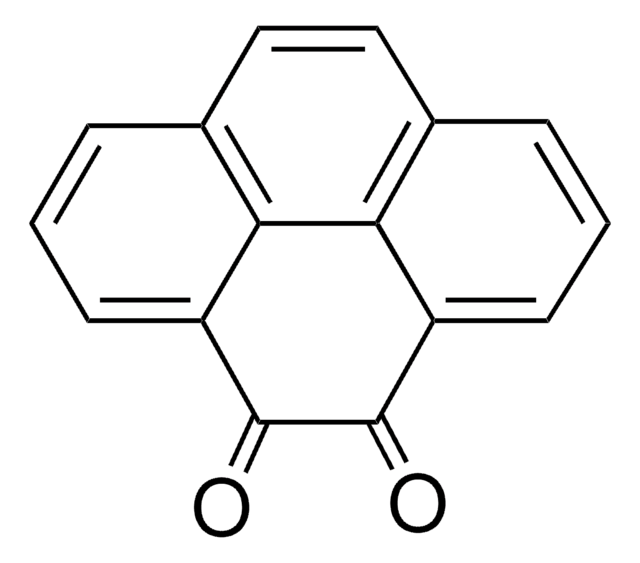
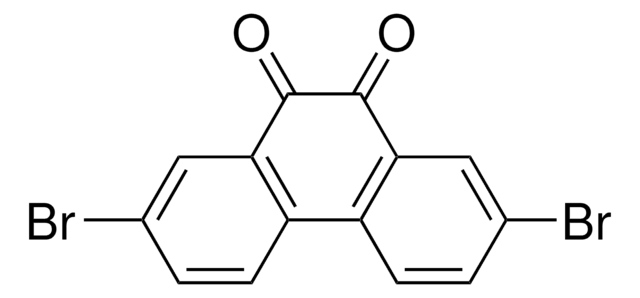
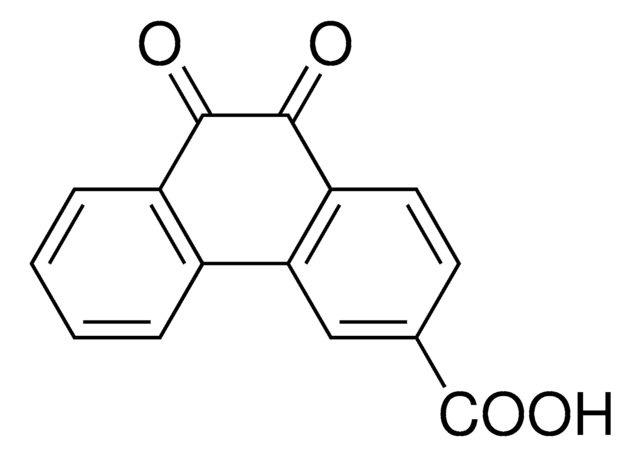
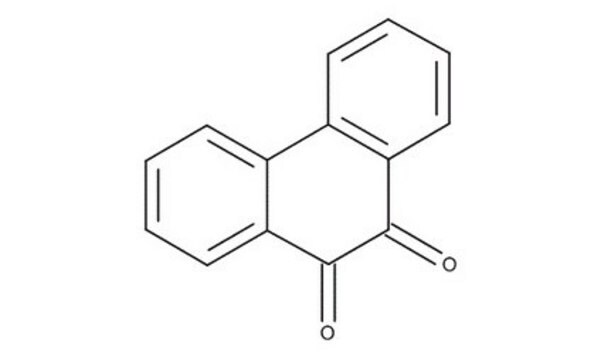
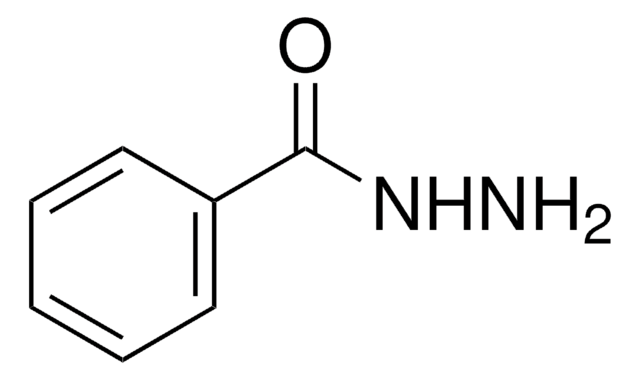
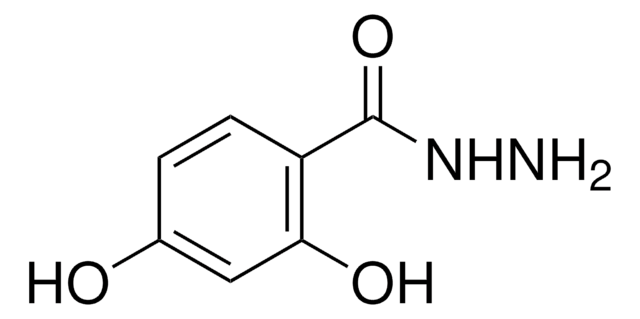
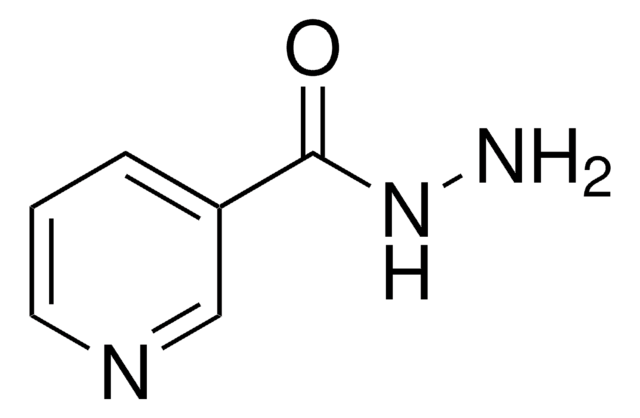

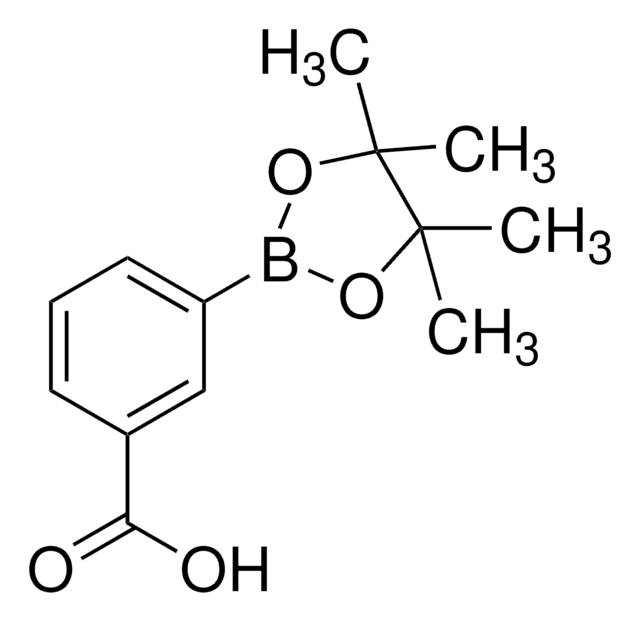
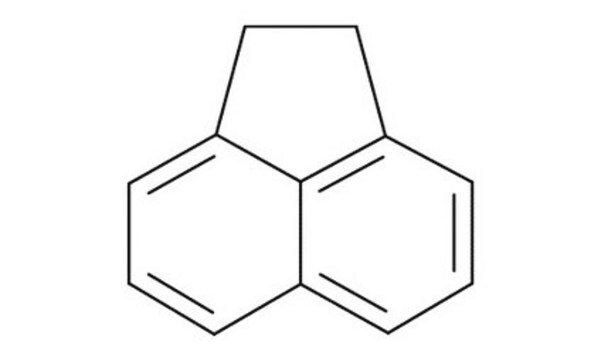
![Benzo[a]fluorenone BCR®, certified reference material](/deepweb/assets/sigmaaldrich/product/structures/881/090/eae85258-97ed-4de7-90c1-c0e0e495552e/640/eae85258-97ed-4de7-90c1-c0e0e495552e.png)
